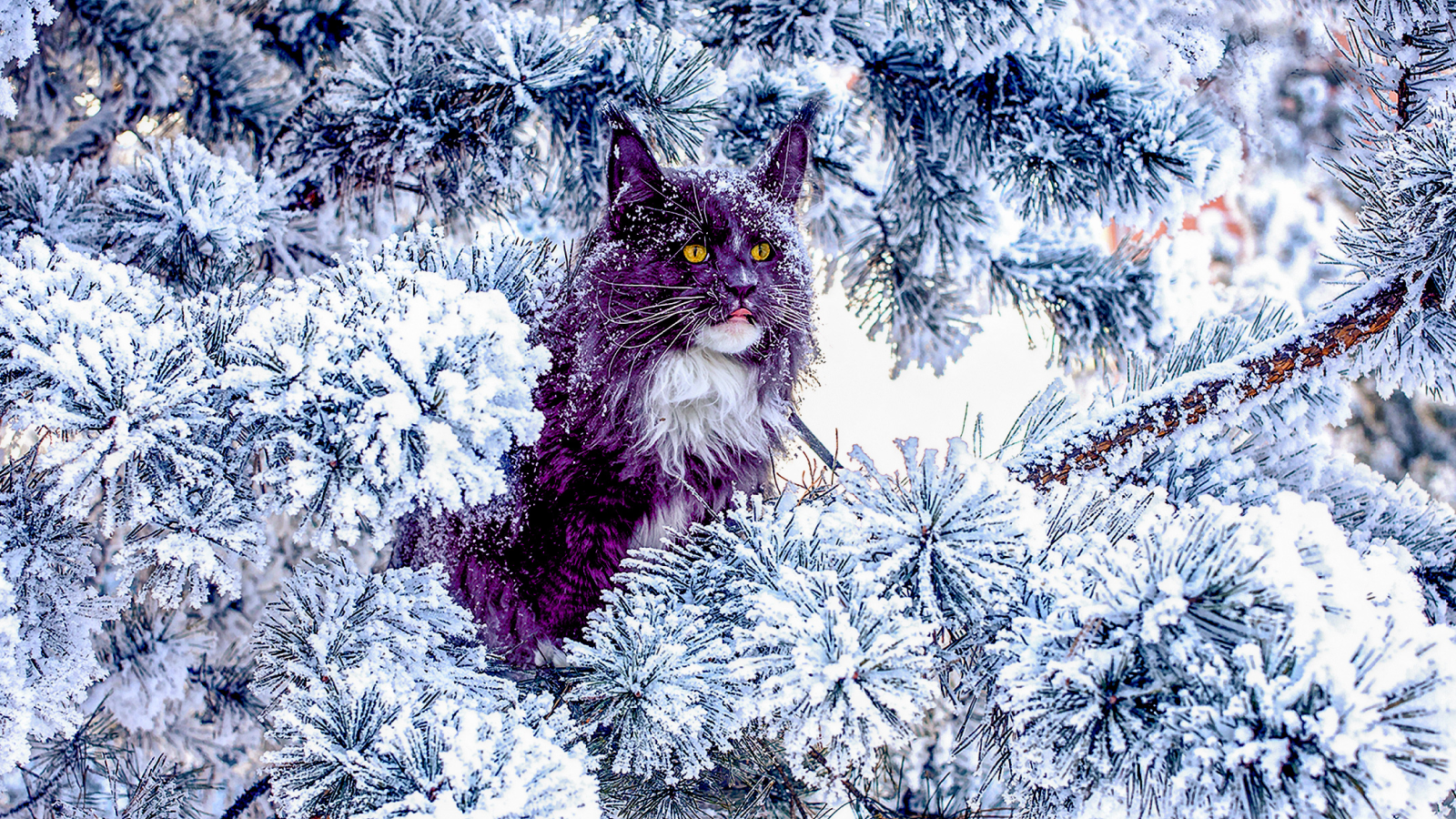19 'mass extinctions' had CO2 levels we're now veering toward, study warns
The research looked at peaks in biodiversity loss and their relationship with atmospheric CO2, finding 50 events over the last 534 million years that can be considered mass extinctions.
Within a human lifetime, concentrations of CO2 in Earth's atmosphere could reach levels associated with 19 "mass extinctions" that have taken place in the last 534 million years, new research suggests.
By 2100, atmospheric carbon dioxide levels could rise to 800 parts per million by volume (ppmv) — almost double the concentration of roughly 421 ppmv recorded this year — if we fail to curb emissions from burning fossil fuels and converting land for agriculture.
That would be edging close to the average CO2 concentrations (870 ppmv) associated with huge crashes in marine biodiversity over the last 534 million years, according to a study published June 22 in the journal Earth's Future. These extinction events are preserved in the fossil record, allowing scientists to plot how biodiversity and atmospheric CO2 evolved throughout Earth's history.
"The relationship between carbon dioxide in the past and extinction in the past gives us a kind of yardstick that we can apply to the present," study author William Jackson Davis, a biologist and president of the non-profit Environmental Studies Institute in Santa Cruz, California, told Live Science.
Related: Hidden 36 million-year-long cycles may fuel biodiversity on Earth, ancient rocks reveal
Atmospheric CO2 contributes to biodiversity loss via ocean acidification, Davis said. The oceans soak up atmospheric carbon dioxide, which turns the water more acidic, reducing the availability of calcium carbonate ions needed for organisms to build their skeletons and shells. When these effects are strong enough to affect the entire food chain, they can lead to mass extinctions.
CO2 and extinction move in tandem
In the new study, Davis found that CO2 concentrations oscillate with marine biodiversity in the fossil record.
Get the world’s most fascinating discoveries delivered straight to your inbox.
"When carbon dioxide goes up, extinction goes up, and when carbon dioxide goes down, extinction goes down," he said. Davis then used this relationship to estimate biodiversity loss under current atmospheric conditions.
"The current concentration of CO2 in the atmosphere is 421 ppmv," he said. "When we plug that into the relationship between biodiversity and concentration of CO2 in the past, that corresponds to a biodiversity loss of 6.39%."
This estimate comes close to the percentage of biodiversity lost in the smallest "mass" extinction event considered in the study — called "extinction event #10" — which doomed 6.4% of species 132.5 million years ago. This means "humans have already caused extinction-grade biodiversity losses," Davis said.
Scientists generally define mass extinctions as three quarters of species dying out over short geological time periods — in under 2.8 million years. Under this definition, five mass extinction events have shaped Earth's history, with a sixth likely underway.
But another 45 peaks in biodiversity loss that can also be considered mass extinctions, Davis said. For the study, a mass extinction was defined as "any peak in biodiversity loss that is flanked by lesser values." By this definition, there have been 50 mass extinctions in the last 534 million years, ranging from 6.4% to 96% of marine species going extinct.
The results suggest ocean acidification resulting from elevated CO2 concentrations is "the immediate kill mechanism" of most mass extinctions, according to the study.
"The link between CO2 in the atmosphere, global temperature, and biodiversity loss is well established," Mike Benton, a professor of vertebrate paleontology at the University of Bristol in the U.K., told Live Science in an email.
Atmospheric CO2 concentrations are currently rising by more than 2 ppmv every year, which may trigger a 10% loss in biodiversity over the next few decades, Davis said.

Sascha is a U.K.-based staff writer at Live Science. She holds a bachelor’s degree in biology from the University of Southampton in England and a master’s degree in science communication from Imperial College London. Her work has appeared in The Guardian and the health website Zoe. Besides writing, she enjoys playing tennis, bread-making and browsing second-hand shops for hidden gems.




